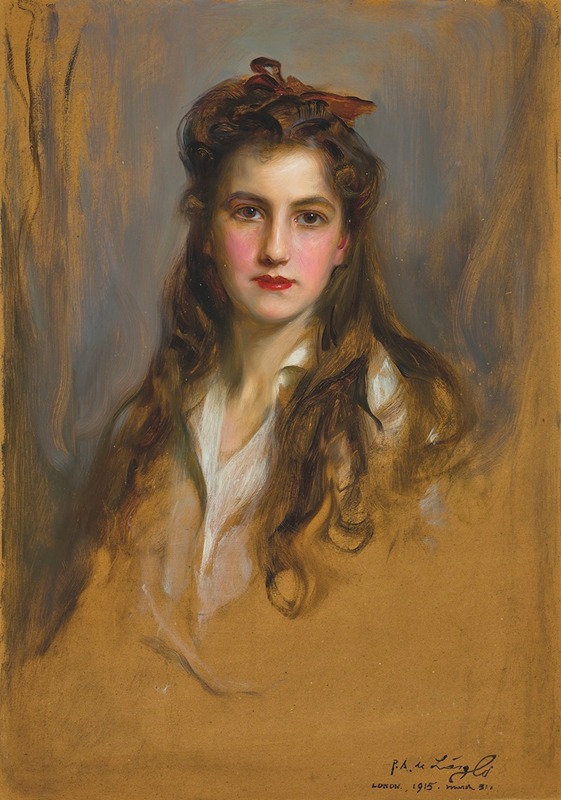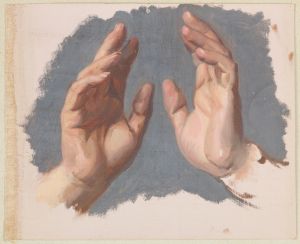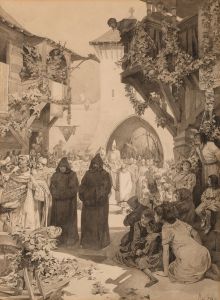
Portrait of Princess Nina Georgievna
A hand-painted replica of Philip Alexius de László’s masterpiece Portrait of Princess Nina Georgievna, meticulously crafted by professional artists to capture the true essence of the original. Each piece is created with museum-quality canvas and rare mineral pigments, carefully painted by experienced artists with delicate brushstrokes and rich, layered colors to perfectly recreate the texture of the original artwork. Unlike machine-printed reproductions, this hand-painted version brings the painting to life, infused with the artist’s emotions and skill in every stroke. Whether for personal collection or home decoration, it instantly elevates the artistic atmosphere of any space.
Philip Alexius de László's Portrait of Princess Nina Georgievna is a notable example of the artist's skill in portraiture. Painted in 1913, the artwork depicts Princess Nina Georgievna of Russia, a member of the Russian imperial family. She was the daughter of Grand Duke George Mikhailovich of Russia and Princess Maria of Greece and Denmark, making her a descendant of both the Romanov and Greek royal families.
De László, a Hungarian-born painter, was renowned for his portraits of royalty, aristocracy, and prominent figures of his time. His work is characterized by its elegance, attention to detail, and ability to capture the personality and status of his subjects. The Portrait of Princess Nina Georgievna exemplifies these qualities, showcasing the artist's mastery of light, texture, and composition.
The painting portrays Princess Nina in a seated pose, dressed in formal attire befitting her royal status. Her expression is serene, and the artist's use of soft brushstrokes and a muted color palette enhances the sense of refinement and grace. The background is understated, drawing attention to the subject and emphasizing her presence.
This portrait was created during a period of significant political and social change in Europe, just a year before the outbreak of World War I. The Romanov family, to which Princess Nina belonged, would face dramatic upheaval in the years that followed, culminating in the Russian Revolution of 1917. While Princess Nina herself lived much of her life outside of Russia, the portrait serves as a poignant reminder of the era and the world she was born into.
Today, the painting is recognized as an important work within de László's oeuvre and a valuable historical artifact. It reflects not only the artist's technical skill but also his ability to document the lives of his distinguished sitters. The current location of the painting is not widely documented in public records, but it remains a subject of interest for art historians and admirers of de László's work.
This portrait stands as a testament to the enduring legacy of Philip Alexius de László and his contributions to the art of portraiture in the early 20th century.


















